A snapshot of the most exciting voices working in American and international cinema today––and with a strong focus on newcomers––the Museum of the Moving Image’s First Look festival returns this week, taking place March 13-17.
As always, the annual festival brings together a varied, eclectic lineup of cinema from all corners of the world––including a number of films still seeking distribution, making this series perhaps one of your only chances to see these works on the big screen. Check out our top picks below, along with the exclusive premiere of the festival trailer.
Arthur&Diana (Sara Summa)
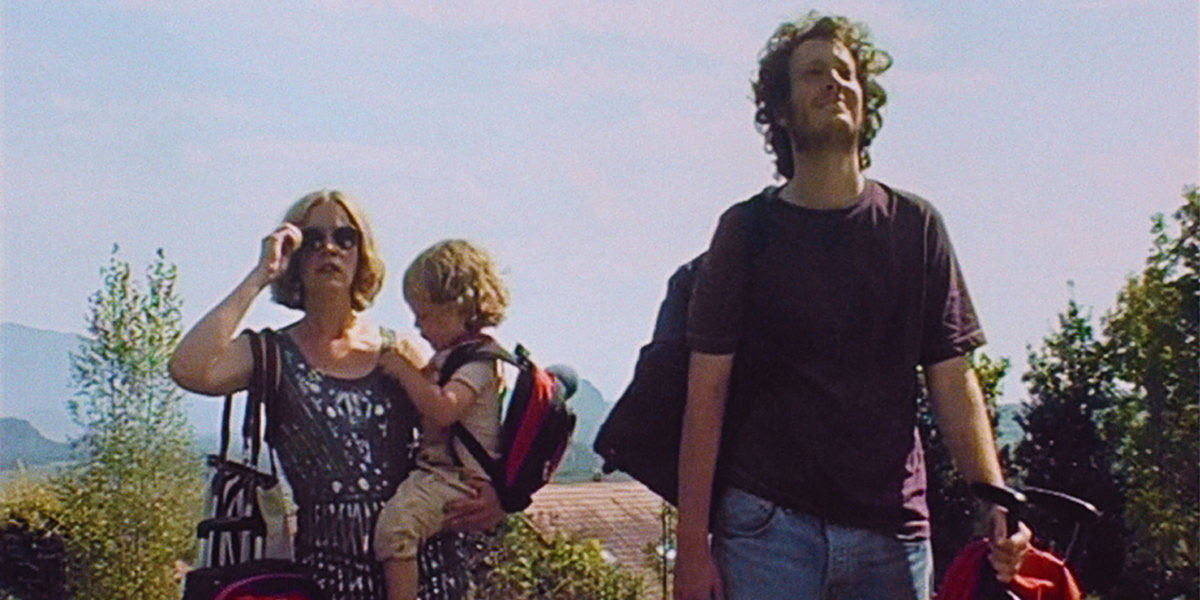
A lo-fi siblings road trip movie shot with a mix of MiniDV, Betacam, and 16mm, Sara Summa’s Arthur&Diana marks an interesting, mostly successful gamble of personal storytelling, in which Summa stars alongside her-real brother, Robin Summa. Jared Mobarak said in his TIFF review, “As such, we glean stories about the two and their attitudes while simply enjoying the tumult of siblings being locked in a tight space without ‘adult’ supervision. The two have a wonderful rapport and exude love even when at each other’s throats, but it’s their wry, knowing smiles that proves most effective. There’s ample opportunity to flash them too once this straightforward adventure starts becoming more complicated and crowded with hitchhikers, police officers, old flames, and Mom––or, as she now prefers to be called, as a woman looking only towards living the rest of her life, Betty.”
The Featherweight (Robert Kolodny)
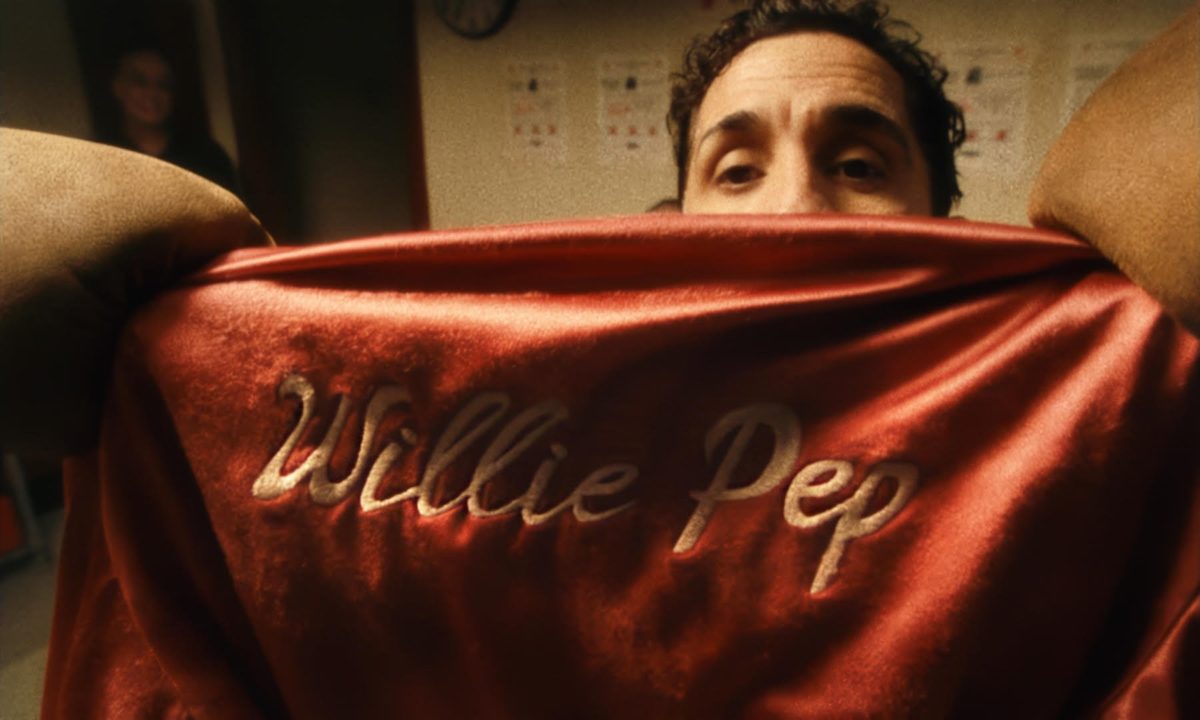
With the never-ending glut of biopics, particularly those centered in the world of sports, it can often feel like there’s not much new territory to cover. While Sean Durkin’s The Iron Claw recently showed how a singular vision can elevate the genre, another film taking place partially inside the ring breathes new life into the biopic. Robert Kolodny, who worked on the cinematography team of All the Beauty and the Bloodshed and Procession, makes his feature debut with The Featherweight, capturing the comeback of worn-out boxer Willie Pep (James Madio) facing mounting family and business pressures in his life. Taking on a compellingly slippery conceit, the film is shot as if a documentary crew was following Pep’s every turn, including direct-to-camera confessionals from the boxer. The gamble offers a fascinating narrative bridge and one that, thanks to Adam Kolodny’s 60s-esque grainy cinematography, keeps us immersed in every step of his journey.
Gasoline Rainbow (Bill and Turner Ross)
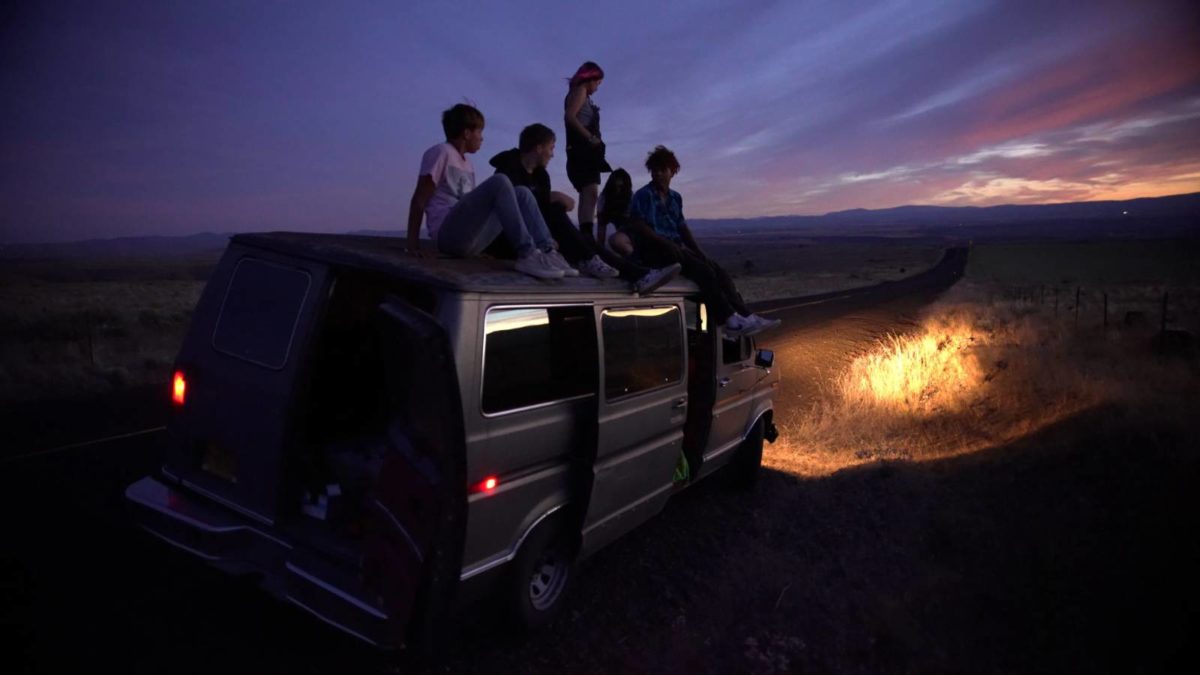
After their shape-shifting Bloody Nose, Empty Pockets, the Ross brothers have gone from a single-location feature to an expansive road trip journey with Gasoline Rainbow, a less successful but still compelling hybrid feature following a group of teenagers who embark from small-town Oregon to the Pacific Ocean. Savina Petkova said in her Venice review, “Bill and Turner Ross approach the narrative with a deep understanding of vagrancy as soul-searching and the camaraderie it entails. For this purpose the journey is the destination, and while this may sound like a cliché, the vulnerability shared by all pours through the free-flowing visual aesthetics.”
Mimang (Kim Taeyang)
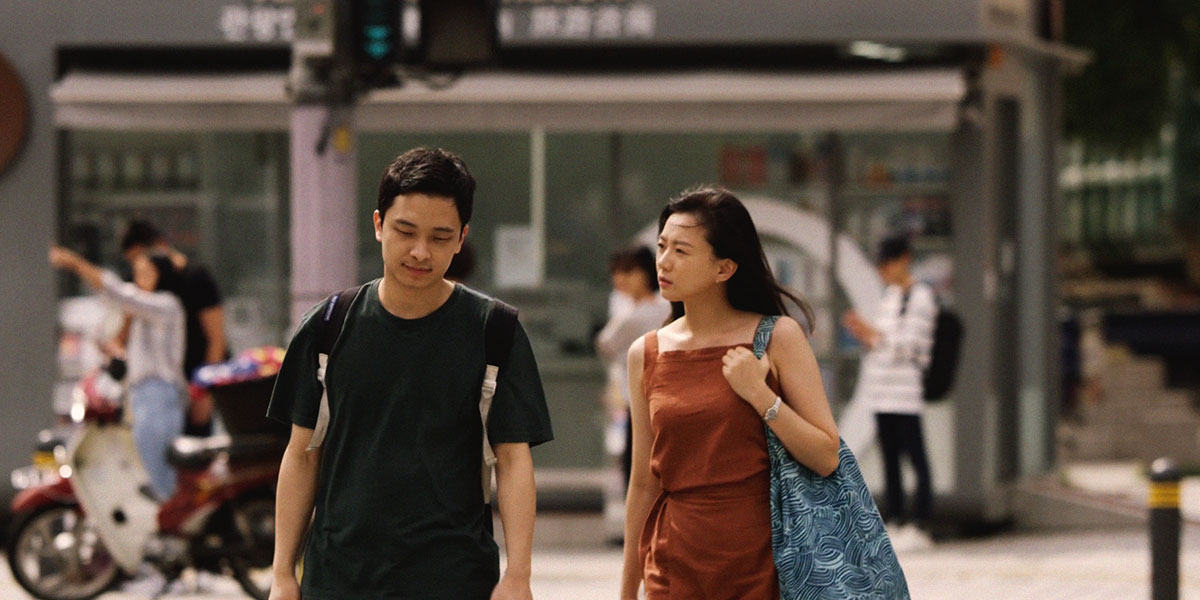
A remarkably composed and serene feature debut, Kim Taeyang’s Seoul-set Mimang has a vividly strong sense of the city and country it captures. Featuring unexpected encounters and reunions, this triptych story is less about its narrative turns and more about the feelings it conjures through moods and rhythms––the sadness of reuniting for a funeral when you’re too young, the joy of an impromptu guitar performance at a bar. Filmed over four years with unspecific time leaps, it makes for an interesting counterpart to Celine Song’s Past Lives and certainly the work of Hong Sangsoo.
Samsara (Lois Patiño)

A transportive journey to a Buddhist temple in present-day Laos and inside the recesses of your mind, Lois Patiño’s wonderfully textured Samsara is quite unlike any other film you’re bound to see this year. Leonardo Goi said in his review, “Here’s the rare film that invites your whole body into its universe––one whose haptic, aural, olfactive pleasures are just as vivid as its visual riches. It’s a tale that unspools as a Heraclitean river: you cannot step into it twice, for it is not the same film, and you are no longer the same person.”
Sujo (Astrid Rondero and Fernanda Valadez)
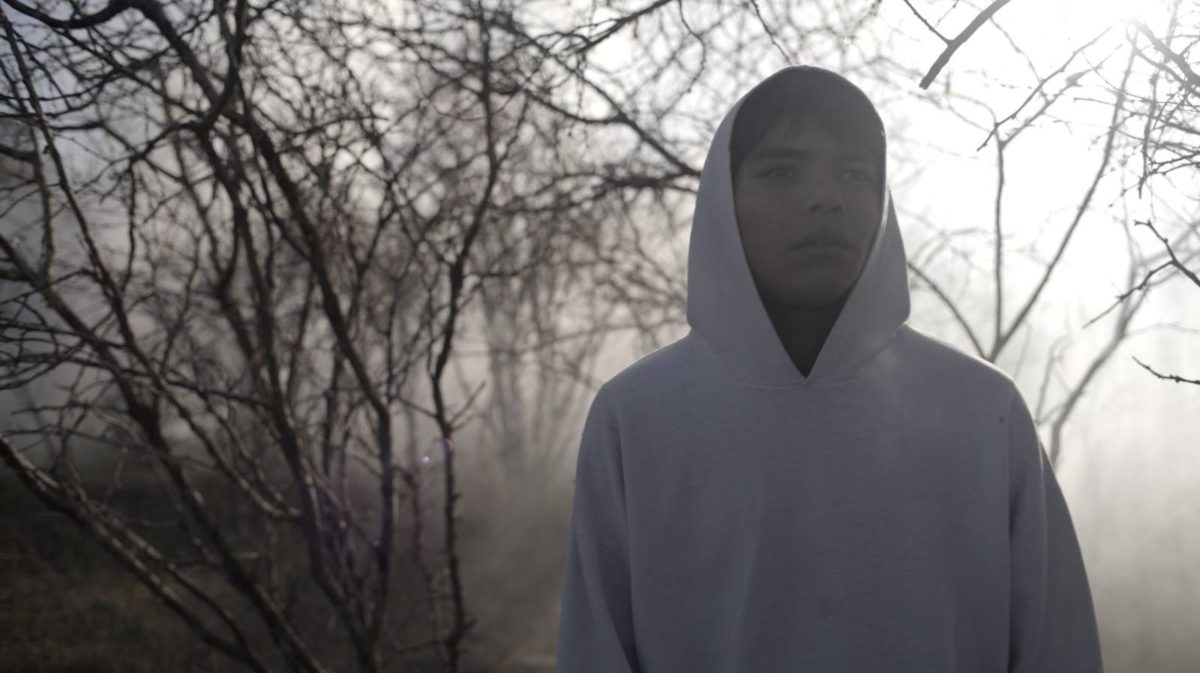
Winner of the Grand Jury Prize in its World Dramatic section at Sundance earlier this year, Sujo marks the latest collaboration from Identifying Features team Astrid Rondero and Fernanda Valadez, and is an ambitious story of growing up in your father’s shadow. John Fink said in his review, “A compelling and visceral film in which each chapter adopts its own visual style under cinematographer Ximena Amann, Sujo operates in modes of survival. We feel the danger at nearly every turn as our lead resists the pull of the cartels thanks to Nemesia, and the struggle to fend for himself in Mexico City with the hope of entering school and, later, college.”
Tendaberry (Haley Elizabeth Anderson)
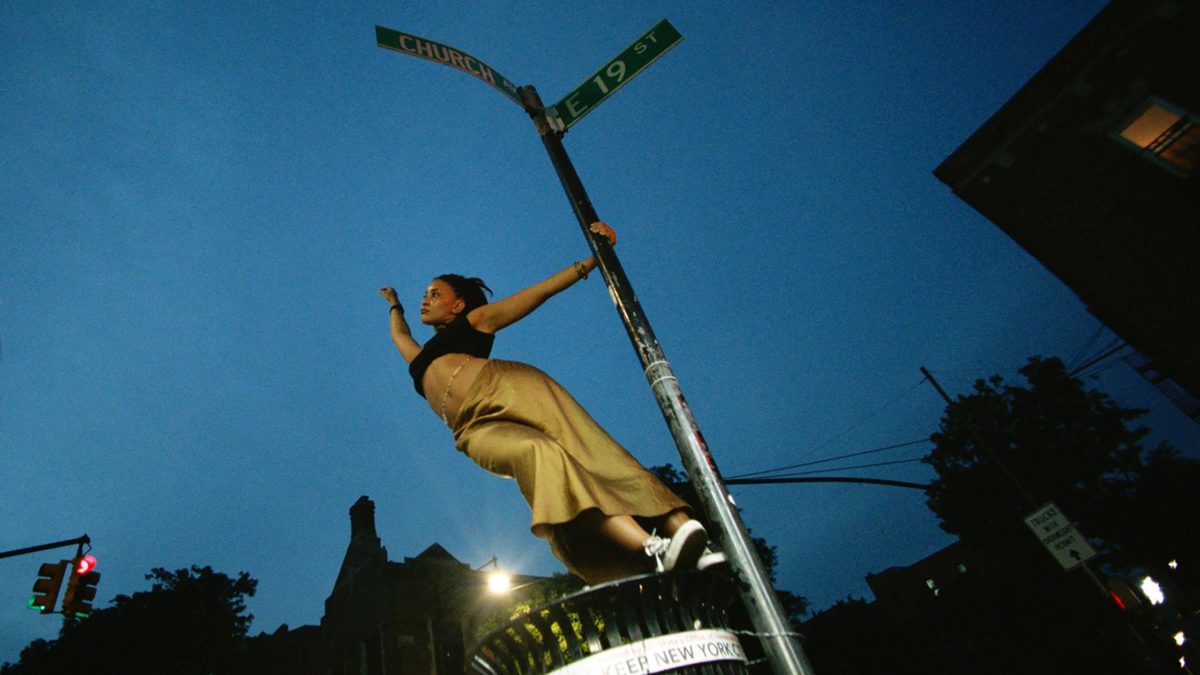
A soulful coming-of-age story with far more on its mind than the here and now, Haley Elizabeth Anderson’s Tendaberry is an ambitious directorial debut mixing various storytelling forms to achieve its poetic patchwork of ideas. Combining recollections of the past, a present way of life, and hopes for the future through the eyes of 23-year-old Dakota (Kota Johan), it follows her journey juggling romance, work, friendship, and family. The nature of its scattershot hybrid approach––incorporating narrative, documentary, and archival materials––results in certain passages feeling a bit stretched, but the cumulative effect is one of an impressive new voice. Continue reading my Sundance review.
First Look 2024 takes place March 13-17 at the Museum of the Moving Image. Learn more here.
